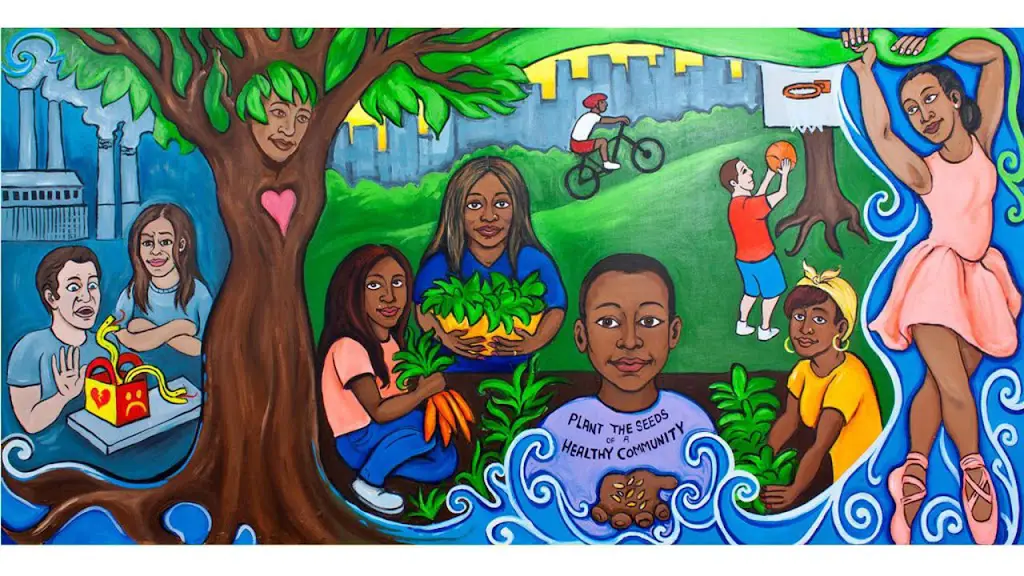1. High body fat percentage despite a slim appearance.
2. Lack of muscle tone or definition, especially in the arms
and legs.
3. Feeling weak or easily fatigued during physical activity.
4. Poor eating habits or a diet high in processed foods and
lacking in protein.
5. Health issues associated with high body fat percentage,
such as insulin resistance or high cholesterol.
Extra Weight Around Your Waist
Extra weight around your waist, often referred to as
abdominal obesity or central adiposity, can be a sign of carrying excess
visceral fat. Visceral fat is a type of fat that surrounds your organs and can
contribute to various health issues such as insulin resistance, high blood
pressure, and an increased risk of developing heart disease and type 2
diabetes. If you have extra weight around your waist, it’s important to focus
on maintaining a healthy diet and engaging in regular physical activity to
reduce your risk of health complications.
Low Lean Muscle Mass
Low lean muscle mass, also known as sarcopenia, is a
condition where there is a loss of muscle tissue, strength, and function,
typically as a result of aging, inactivity, or poor nutrition. It can lead to
decreased mobility, increased risk of falls, and other health complications. To
prevent or reverse low lean muscle mass, regular resistance training or
weight-bearing exercises, a diet rich in protein, and proper hydration are
essential. In some cases, medical treatment or physical therapy may also be
necessary.
Family History
Family history refers to the health conditions and
diseases that have occurred in your family, including your parents,
grandparents, and other blood relatives. Having a family history of a certain
condition, such as heart disease or cancer, may increase your own risk of
developing the condition. This is because some health conditions can be
influenced by genetic factors that are passed down from one generation to the
next. Knowing your family health history can help you and your healthcare
provider determine your personal risk for certain diseases and develop a plan
for preventive care and early detection.
An Unhealthy Diet
An unhealthy diet typically consists of a high intake of
processed foods, sugar, unhealthy fats, and a low intake of fruits, vegetables,
whole grains, and lean proteins. This type of diet can lead to numerous health
problems, such as obesity, heart disease, high blood pressure, type 2 diabetes,
and certain types of cancer. An unhealthy diet can also contribute to low
energy levels, poor mental health, and other negative consequences. It’s
important to maintain a balanced and nutritious diet to support optimal health
and well-being.
Genetics and Older Age
Genetics and older age can both play a role in a person’s
health and well-being.
Genetics can influence a person’s risk for certain health
conditions, such as heart disease, diabetes, and some types of cancer. However,
lifestyle factors such as diet, exercise, and stress management can also have a
significant impact on a person’s health, even if they have a genetic predisposition
for certain conditions.
As people age, they may experience changes in their body
and health. For example, older adults may experience a decline in muscle mass
and bone density, which can increase their risk for falls and fractures. Older
adults may also experience cognitive decline and an increased risk of
developing certain chronic conditions. However, many of these changes can be
mitigated or delayed through a healthy lifestyle, including regular exercise, a
balanced diet, and social engagement.
Ultimately, while genetics and older age can both
influence a person’s health, there are many lifestyle factors within our
control that can help promote optimal health and well-being throughout life.
The Good News
There is always good news to be found, even in difficult
times. Here are a few examples:
1. Advances in technology and medicine: Every day, new
advances in technology and medicine are being made, leading to improved
treatments for diseases and better quality of life for people around the world.
2. Acts of kindness and generosity: Despite the challenges
we face, there are always people who go out of their way to help others. Acts
of kindness and generosity can inspire hope and remind us that we are all in
this together.
3. Opportunities for growth and learning: Challenges and
adversity can be opportunities for personal growth and learning. By facing and
overcoming obstacles, we can become stronger, more resilient, and better
equipped to handle future challenges.
4. Nature and the environment: The natural world provides us
with beauty, inspiration, and a sense of connection to something larger than
ourselves. Spending time in nature can be a source of comfort and rejuvenation,
and a reminder of the power and resilience of the natural world.
5. Human resilience and adaptability: Throughout history,
people have faced and overcome incredible challenges. We are a resilient and
adaptable species, capable of finding creative solutions and adapting to
changing circumstances. This resilience and adaptability give us hope for the
future, no matter what challenges may lie ahead.
Conclusion
In conclusion, while life may present us with challenges
and difficulties, there is always reason to hope and to find the good in the
world around us. Whether it’s through advances in technology and medicine, acts
of kindness and generosity, opportunities for growth and learning, the beauty
of nature, or the resilience and adaptability of the human spirit, there are
countless sources of inspiration and hope that can sustain us through difficult
times. By focusing on the good in our lives and in the world around us, we can
cultivate a sense of optimism and hope that can help us overcome adversity and
create a brighter future.





